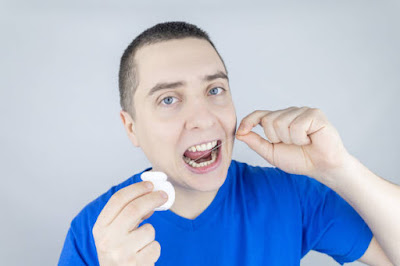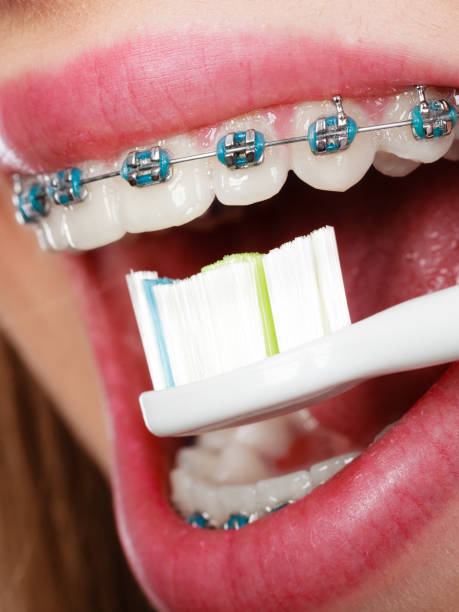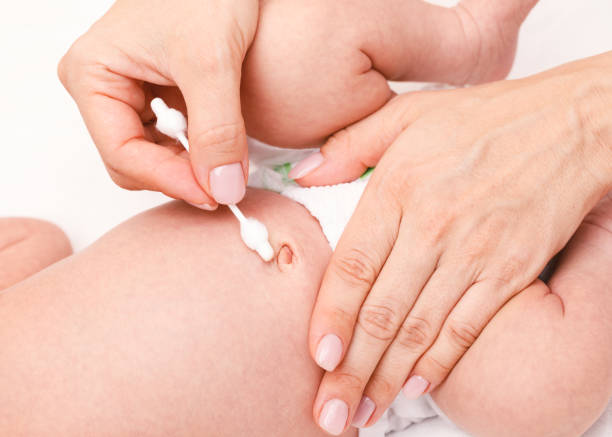Introduction tooth is loose but still attached to adults A summary of the situation If you've ever experienced adult tooth loss, you understand how critical it is to address the problem. This comprehensive guide looks at the causes, signs, and short-term remedies for an adult tooth that is loose but still attached.
 |
| tooth is loose but still attached adults |
Tooth Is Loose But Still Attached Adults Causes of a Loose Tooth
A. Gum Disease
Periodontitis: An adult's loose tooth may result from periodontitis, an advanced form of gum disease. It happens when untreated gingivitis worsens, affecting the tooth's supporting tissues through inflammation and infection.
Gingivitis: A loose tooth may also result from gingivitis, the early stage of gum disease. When plaque accumulates due to poor oral hygiene, it irritates and inflames the gums, which can progress to periodontitis if treatment is not received.
B. Trauma or Injury:
Accidents: A loose tooth may arise from abrupt trauma or injuries to the mouth. Any traumatic event, including falls and blows to the face, can harm the tooth's ligaments and supporting structures.
Sports Injuries: Engaging in physical sports without wearing the appropriate mouth protection raises the possibility of dental injuries. A loose tooth may result from trauma sustained while participating in sports, particularly contact sports.
C. Bruxism (Teeth Grinding):
Bruxism explanation: Bruxism is the habit of clenching or grinding teeth, which puts undue strain on the teeth and the tissues that support them. This may eventually cause teeth to become looser.
Effect on Tooth Stability: By wearing down the enamel and stressing the ligaments, the continuous grinding motion erodes the tooth's stability. If untreated, bruxism contributes significantly to the development of a loose tooth.
 |
| tooth is loose but still attached to adults |
To find the source of the problem and get the right treatment, it is essential to comprehend these factors. Signs and symptoms, immediate care steps, and the significance of seeing a dentist for additional assessment and treatment will all be covered in the following sections.
Signs and Symptoms
A. Pain or Discomfort: Pain or discomfort is a common indicator of a loose adult tooth. Especially while biting or chewing, the tooth's instability can cause sensitivity and pain. Around the afflicted tooth, people may also feel severe pain or persistent aching.
B. Swelling and Inflammation: Another suggestive symptom is the existence of swelling and inflammation in the gums surrounding the loose tooth. Redness and pain in the affected area may accompany inflammation, which is the body's reaction to the infection or trauma.
C. Modifications to the Bite or Alignment: A loose tooth can lead to observable modifications to the bite or general dental alignment by affecting how the teeth fit together. Misalignment might cause pain while shutting the mouth, make it uncomfortable to bite down or give the impression that the teeth are not coming together as they once did.
D. Bleeding Gums: Bleeding gums may indicate a loose tooth, particularly when they occur during brushing or flossing. Because of the tooth's weakened stability, the gums around it may become irritated and more prone to bleeding.
Recognizing these signs and symptoms is essential for prompt action. To properly treat the issue, it is recommended that you conduct a careful self-examination and seek quick care if you are experiencing any of these indications. We will discuss how to provide emergency care in the following section in order to reduce suffering and stop more issues.
Immediate Care
A. mild Self-Examination:
To gauge the severity of the problem, start with a mild self-examination. Touch the damaged tooth gently and feel for any movement. Note any discomfort, edema, or alterations to the surrounding gingiva. This preliminary evaluation aids in illuminating the gravity of the circumstance.
B. Steer clear of aggravating factors:
Restricting Hard Meals: Steer clear of hard or crunchy meals to relieve additional strain on the loose teeth. Choose gentler options to reduce the possibility of making the problem worse.
Reducing Teeth Clenching: If bruxism is a factor, try to reduce clenching of the teeth as much as possible. This behavior can be lessened by practicing stress-reduction methods like meditation or relaxation exercises.
Quitting Tobacco: Using tobacco products or smoking cigarettes might impede the healing process and make gum disease worse. Giving up tobacco use is essential for improving dental health and averting other issues.
C. Rinsing with Warm Saltwater: To lessen inflammation and encourage healing, rinse your mouth with warm saltwater. Pour a glass of warm water with a teaspoon of salt in it, then swish it around your mouth for about 30 seconds. This easy cure might help keep teeth healthy and offer relief.
D. Over-the-counter Pain Relief: Acetaminophen and ibuprofen are two examples of over-the-counter pain medicines that can help control pain and discomfort. If you have any questions or pre-existing medical issues, speak with a healthcare provider and adhere to the suggested dose guidelines.
You can lessen symptoms and get ready for the consultation with a physician by following these urgent care procedures. We will discuss the value of seeing a dentist in the upcoming part, along with diagnostic techniques and possible course of treatment.
Seeking Professional Help
A. Importance of Seeing a Dentist: When handling a loose tooth, it's imperative to see a dentist as soon as possible. Dentists are qualified to determine the best course of action and discover the underlying problem. Postponing a consultation with a dentist could result in more issues and reduce the likelihood of saving the tooth.
 |
| tooth is loose but still attached adults |
B. Diagnostic Techniques:
X-rays: Dentists can utilize X-rays to determine the extent of damage and spot underlying problems like fractures or bone loss. X-rays provide crucial information that the dentist needs to develop an effective treatment plan.
Clinical Examination: Assessing the tooth's mobility, looking for infection symptoms, and determining the general state of oral health are all part of a comprehensive clinical examination. The specific circumstances surrounding the loose tooth become more clear after this practical examination.
C. Available Treatments:
Stabilization Techniques: Dentists may use stabilization techniques to secure the loose tooth, depending on the severity of the condition. To promote healing and stop additional movement, this may entail splinting the tooth to nearby stable teeth.
Periodontal Interventions: If gingivitis or periodontitis is the underlying cause, treating gum disease is essential. The goal of periodontal therapies like scaling and root planing is to get rid of germs and plaque so that the gums can heal.
Braces or Splints: To provide the loose tooth more stability and support, dentists may suggest braces or splints. These orthodontic procedures help to straighten the teeth and stop them from moving any further.
Surgical Options: If necessary, operations like gum surgery or tooth extraction may be required in extreme situations when non-surgical treatments are failing. When maintaining the tooth becomes difficult, these steps are taken into consideration.
Making educated decisions about your oral health requires an understanding of the significance of getting expert assistance as well as the range of diagnostic and treatment options available. We will discuss ways to preserve general oral health and lower the likelihood of developing a loose tooth in the future in the section that follows.
Conclusion
In conclusion, an adult tooth that is loose but still attached is a dental issue that has to be addressed right once. This thorough guide has examined the several causes, symptoms, and indicators of a loose tooth, highlighting the significance of taking immediate action. We've come a long way from learning about the effects of trauma, gum disease, and bruxism to taking preventative action right away, including self-examination and avoiding triggers. Now, it's time to get expert assistance. To solve this condition, seeing a dentist, going through diagnostic processes like X-rays and clinical exams, and investigating treatment alternatives including periodontal treatments and stabilizing techniques are crucial. In summary, it is critical to emphasize preventive actions such as maintaining proper oral hygiene, managing risk factors, and scheduling routine dental examinations. By adhering to these recommendations, people can preserve their dental health, lower their chance of experiencing a loose tooth, and raise awareness of the importance of dental health in general. Recall that taking preventative care now guarantees a happier, healthier smile tomorrow.
FQUS
What immediate care measures can be taken for a loose tooth?
A: The first course of treatment is to gently examine oneself, stay away from things that aggravate the condition, such as hard foods and clenching one's teeth, rinse with warm saltwater, and use over-the-counter painkillers to ease discomfort.
What are the signs and symptoms of a loose tooth?
A: Typical symptoms include soreness or pain, edema, misalignment or shifts in the bite, and bleeding gums. Understanding these signs is essential to spotting possible problems and getting help when needed.
What immediate care measures can be taken for a loose tooth?
A gentle self examination, avoid meals and clenching of the teeth that worsen the condition, rinse with warm saltwater, and utilize over-the-counter medicines to relieve discomfort are the first steps in treating the condition.
A dentist can diagnose conditions and assess their severity using diagnostic techniques like X-rays and clinical exams. Getting expert advice is crucial to creating a treatment plan that works and avoiding more issues.
What are the treatment options for a loose tooth?
A: Stabilization techniques, periodontal therapies to treat gum disease, braces or splints for extra support, and, in extreme situations, surgical procedures like gum or tooth extraction are all available as treatment choices.







0 Comments